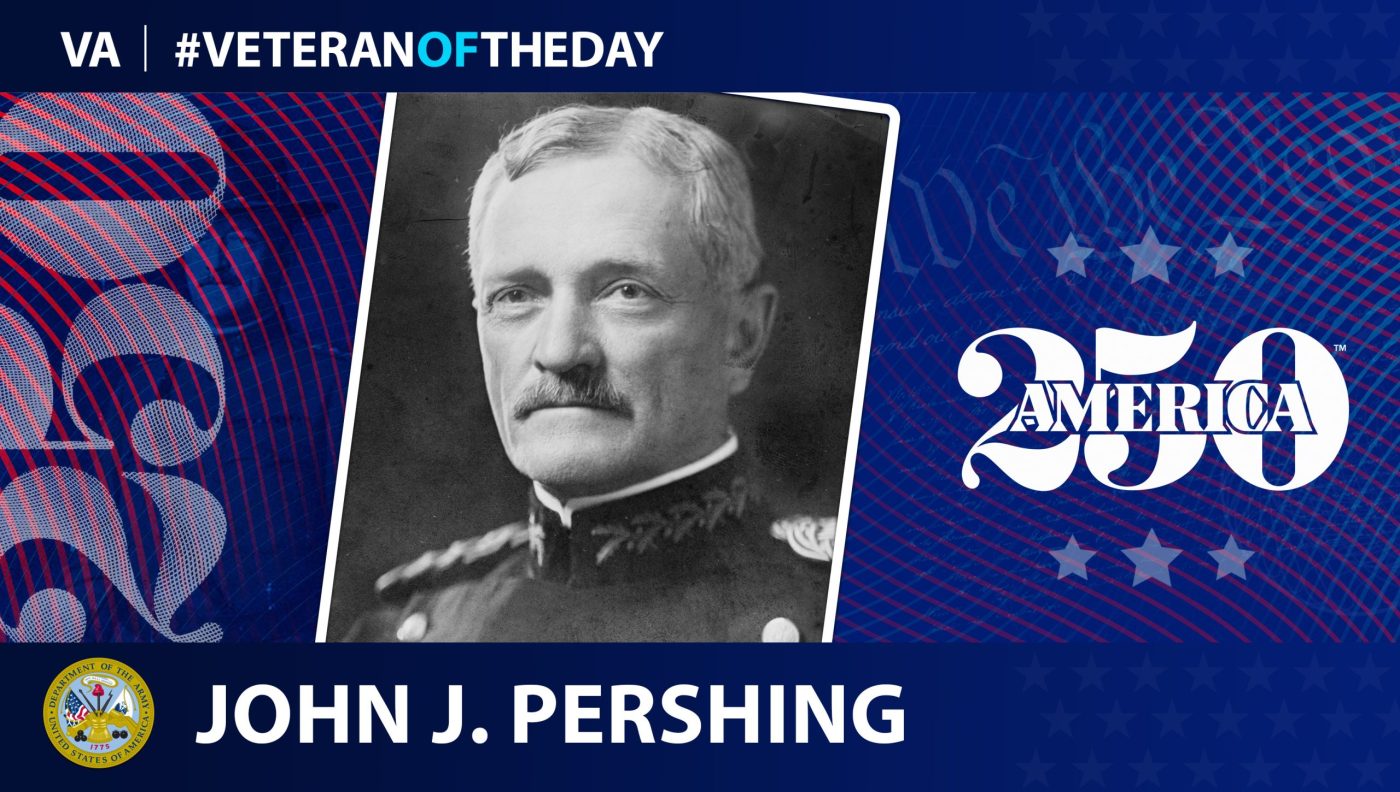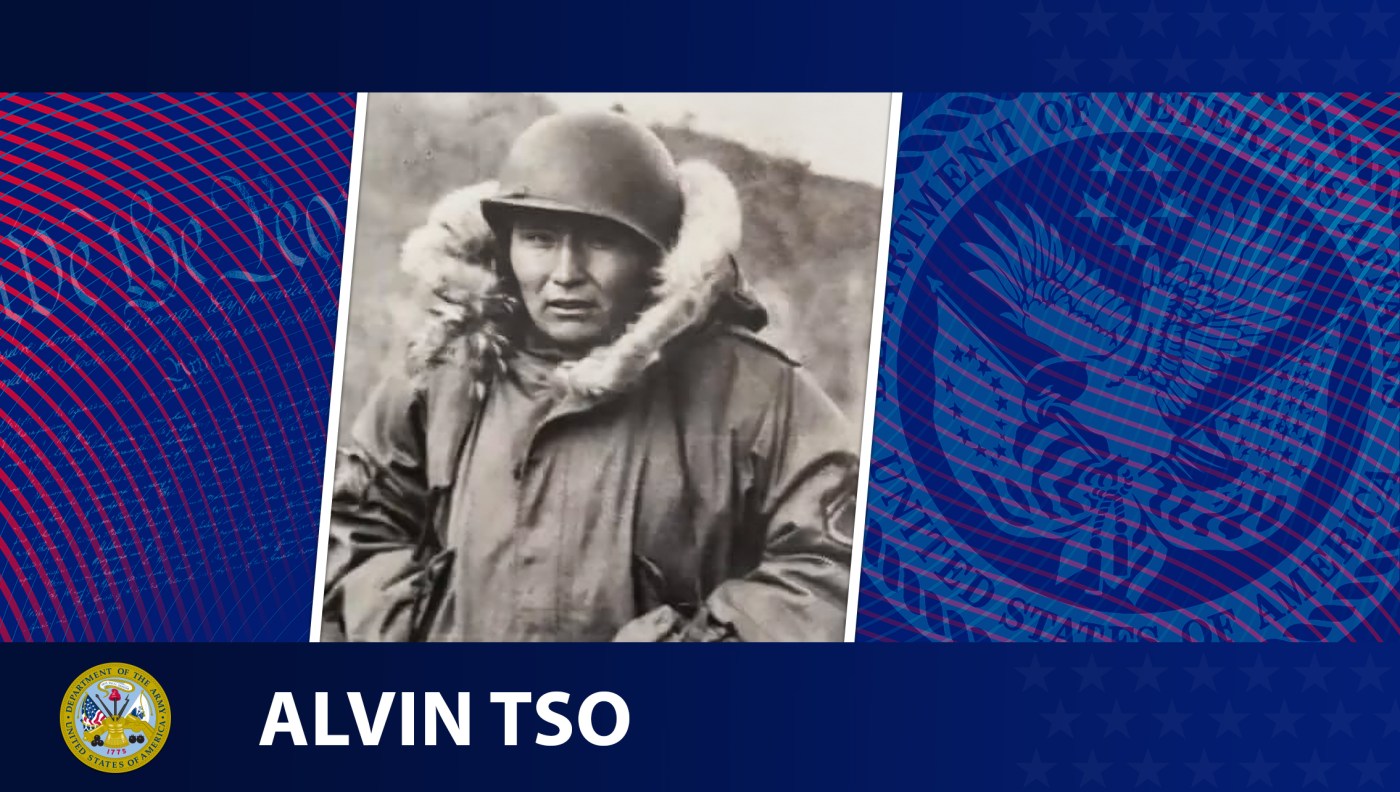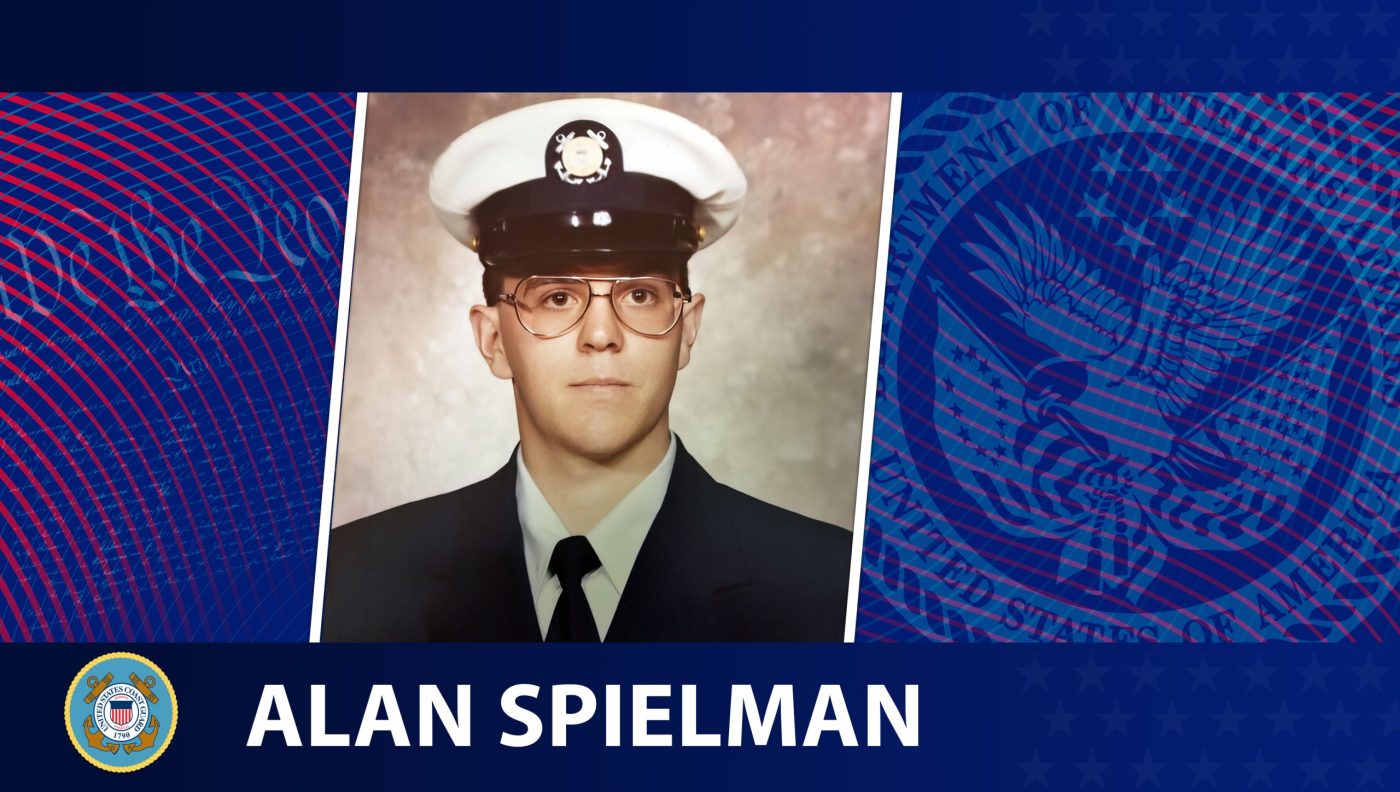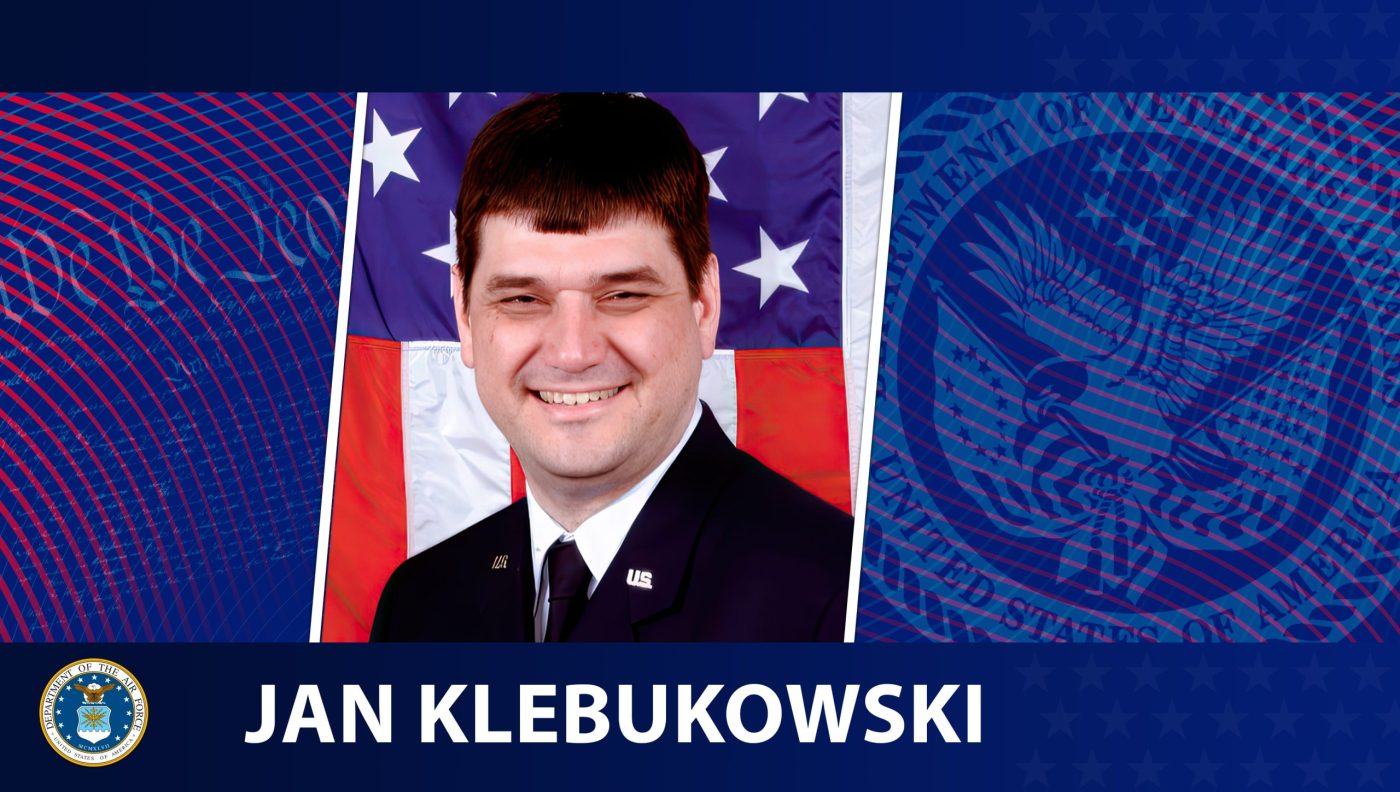John Joseph Pershing was born in September 1860 near Laclede, Missouri. After completing high school in 1878, he became a teacher of local African American students. He also studied at the State Normal School, now Truman State University, graduating in 1880, then competed for appointment to the United States Military Academy. Pershing spent his first years in the military fighting in U.S. campaigns against the Apache and Sioux Native Americans in New Mexico and Arizona, although he and his unit did not participate in the Wounded Knee Massacre.
From 1891 to 1895, Pershing was assigned as professor of military science and tactics at the University of Nebraska–Lincoln. During this time, he attended the university’s College of Law, receiving his law degree in 1893. He was promoted to first lieutenant on October 20, 1892, and three years later, took command of a troop of the 10th Cavalry Regiment, one of the original Buffalo Soldier regiments composed of African American soldiers.
At the start of the Spanish–American War, Pershing fought on Kettle and San Juan Hills in Cuba through the Santiago campaign. He was awarded the Silver Citation Star in 1919, which was upgraded to the Silver Star decoration in 1932. He also served as commander of the punitive expedition sent against the Mexican revolutionary Pancho Villa in 1916.
In January 1905, Pershing was stationed as military attaché in Tokyo. He would go on to marry Helen Frances Warren, the daughter of U.S. Senator Francis E. Warren. From March to September, he served as an observer in the Russo-Japanese War, attached to General Kuroki Tamemoto’s Japanese First Army. Upon his return, President Theodore Roosevelt nominated Pershing as a brigadier general with the approval of Congress.
Following his actions at the Battle of Bud Bagsak (1913), Pershing was recommended for the Medal of Honor. He would go on to receive the Distinguished Service Cross, with President Franklin D. Roosevelt presenting it in a ceremony timed to coincide with Pershing’s birthday.
After the start of the United State’s involvement in World War I (April 1917), Pres. Woodrow Wilson appointed Pershing as the Commander of the American Expeditionary Forces (AEF) in Europe. On October 6 of the same year, Pershing, then a major general, was promoted to full general in the National Army. He bypassed the three-star rank of lieutenant general and was the first full general since Philip Sheridan in 1888. In recognition of his distinguished service during World War I, he was promoted to General of the Armies of the United States, the highest rank possible for any member of the United States armed forces. To date, he is the only American to be promoted to this rank in his own lifetime.
John J. Pershing died on July 15, 1948. He was 87.
We honor his service.
America250
VA is highlighting 250 Veterans leading up to July 4, 2026, which marks 250 years of independence. Learn more about the count down to 250 years of the American spirit at the America 250 web page.
Nominate a Veteran
Do you want to light up the face of a special Veteran? Have you been wondering how to tell your Veteran they are special to you? VA’s “Honoring Veterans” social media spotlight is an opportunity to highlight your Veteran and his/her service.
It’s easy to nominate a Veteran. Visit our blog post about nominating to learn how to create the best submission
Writer: Yasmine Pierce
Fact Checkers: Gabriella Begley, John Bergstrom
Graphic Designer: Yasmine Pierce
Topics in this story
More Stories
This week’s Honoring Veterans Spotlight honors the service of Army Veteran Alvin C. Tso, who served during the Korean War as a forward observer.
This week’s Honoring Veterans Spotlight honors the service of Coast Guard Veteran Alan Spielman, who served in Alaska.
This week’s Honoring Veterans Spotlight honors the service of Air Force Veteran Jan Klebukowski, who served in the United States, United Kingdom and South Korea.







Excellent short history on General Pershing. New and interesting material.